Building Resistance
a Webquest for Grades 10-12
“Hate becomes a habit.”
—Sam Lato, Jewish partisan
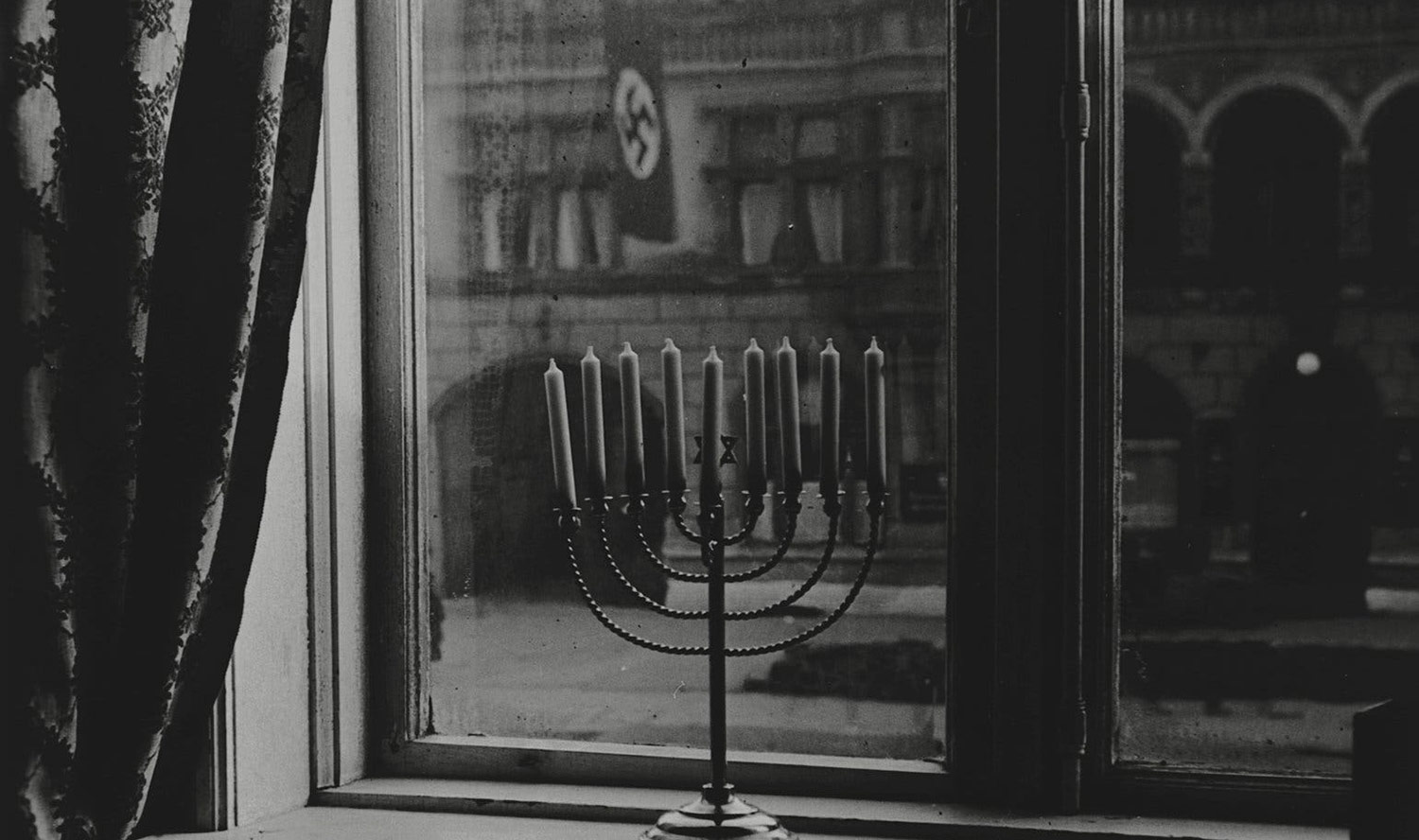
re⋅sis⋅tance noun
an organized movement that fights against an enemy that has taken control of their country
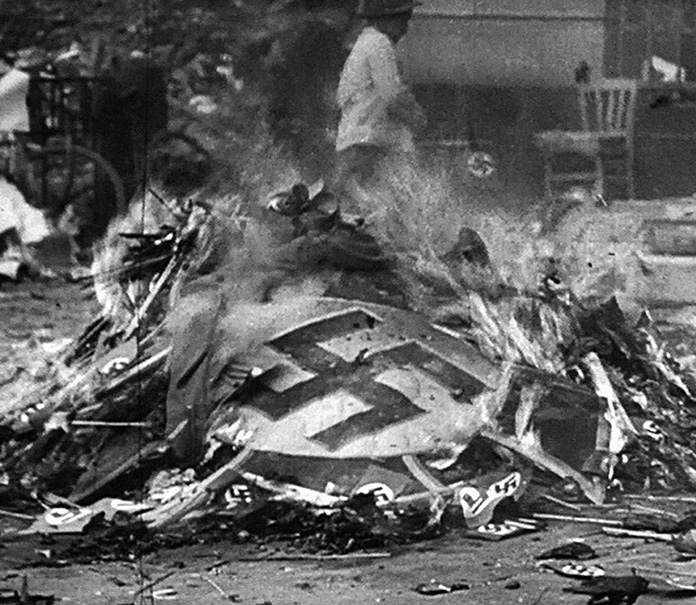
Resistance took many forms during the Holocaust.
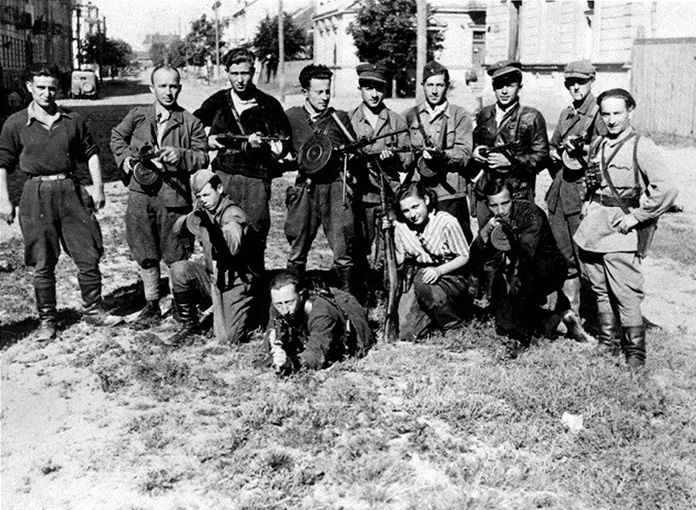
Approximately 30,000 Jews engaged in armed resistance against the Nazis and their collaborators. Partisan resistance fighters organized in guerrilla units and engaged in self-defense and sabotage operations. They disrupted the Nazi war and genocide machine by ambushing thousands of Nazi transports and patrols. The partisans forced the Nazis to expend significant resources combating them, diverting their focus from fighting the Allies, helping to turn the tide of the war.
Documentation was another form of resistance Jews engaged in during the Holocaust. The Nazis sought to erase the Jewish people, their culture, and their religion. They went to great lengths to cover up their crimes. Scholars refer to this as “the final act of genocide.”
To resist the erasure of Jewish communities and ensure that perpetrators would one day be held responsible for their crimes, many Jews risked their lives to document the indignities and violence perpetrated on other Jewish people, preserving the memory of those who were murdered. These became powerful testimony and a body of evidence used to prosecute those responsible.
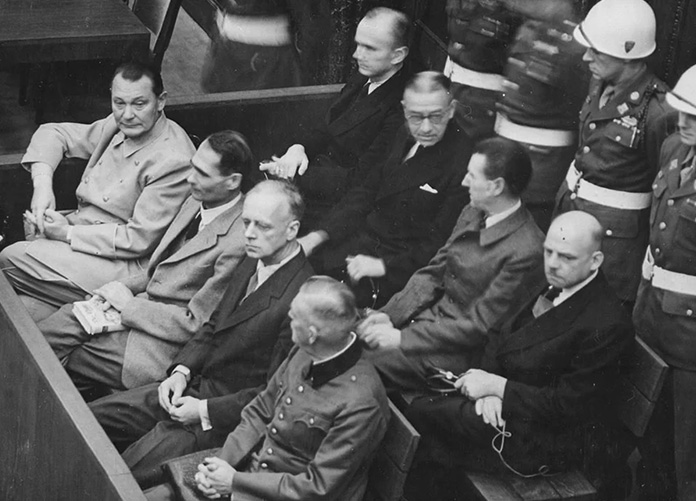
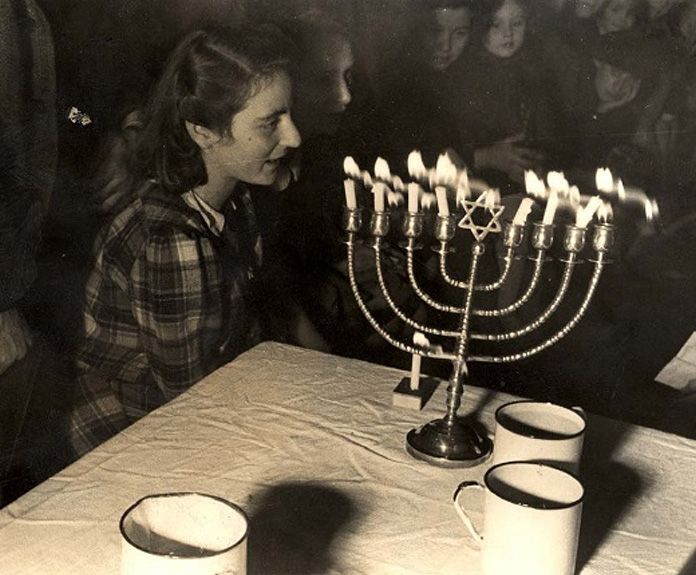
Jews also engaged in spiritual resistance through music, art, and preserving Jewish cultural practices all while facing the Nazi’s efforts to annihilate them. Even behind the walls of concentration camps, Yiddish theater troupes organized performances, poets wrote and recited poetry, and artists produced drawings and other visual art. Jews continued to practice their religious traditions and rituals, often in secret, finding strength and solace in these practices and observances despite facing unimaginable horrors.
Countless people across Europe, both Jewish and non-Jewish alike, were engaged in saving lives, using every means at their disposal to rescue or hide Jews from the Nazis and their collaborators. They risked their lives to hide Jewish families in their homes, forged passport documents to help Jews escape, and attempted, both successfully and unsuccessfully, to liberate Jews from ghettos and concentration camps.
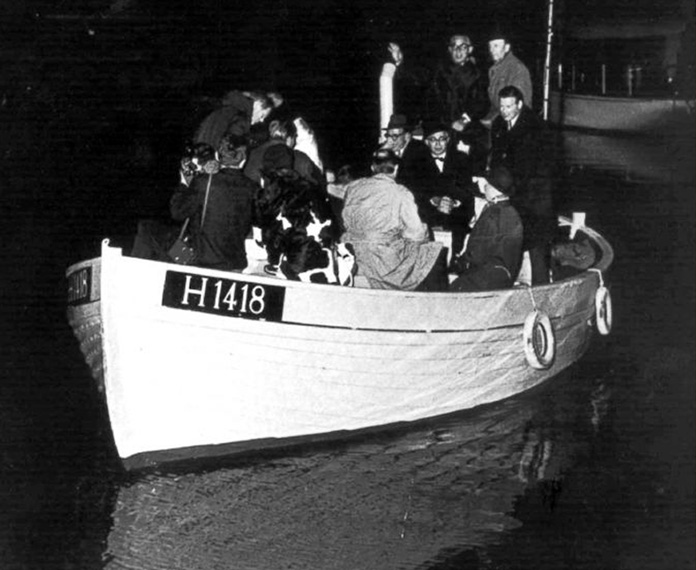
In this webquest you will learn about antisemitism and why it is destructive to society. You will examine some of the ways that antisemitism festers in modern culture. You will also learn about resistance and how to engage in positive social action. In other words, you will learn how to ensure your actions lead to good and effective outcomes. And though you do not face the same challenges as the partisans, you can fight for and build a better world.
This begins with choosing not to be a bystander.